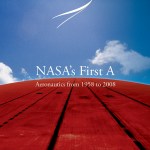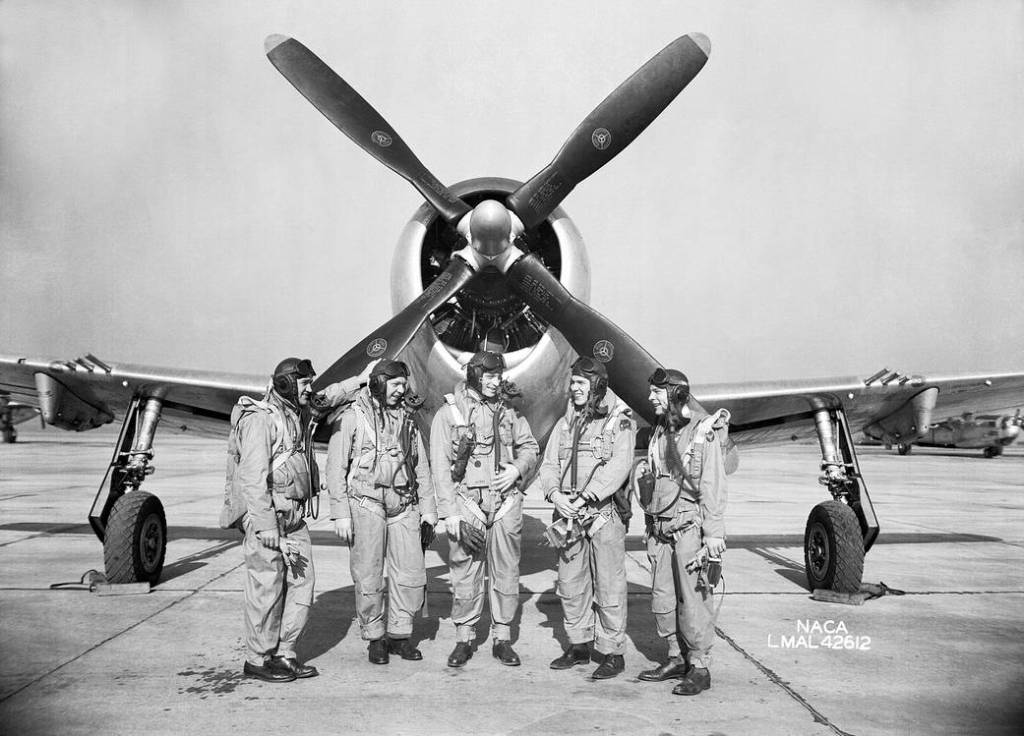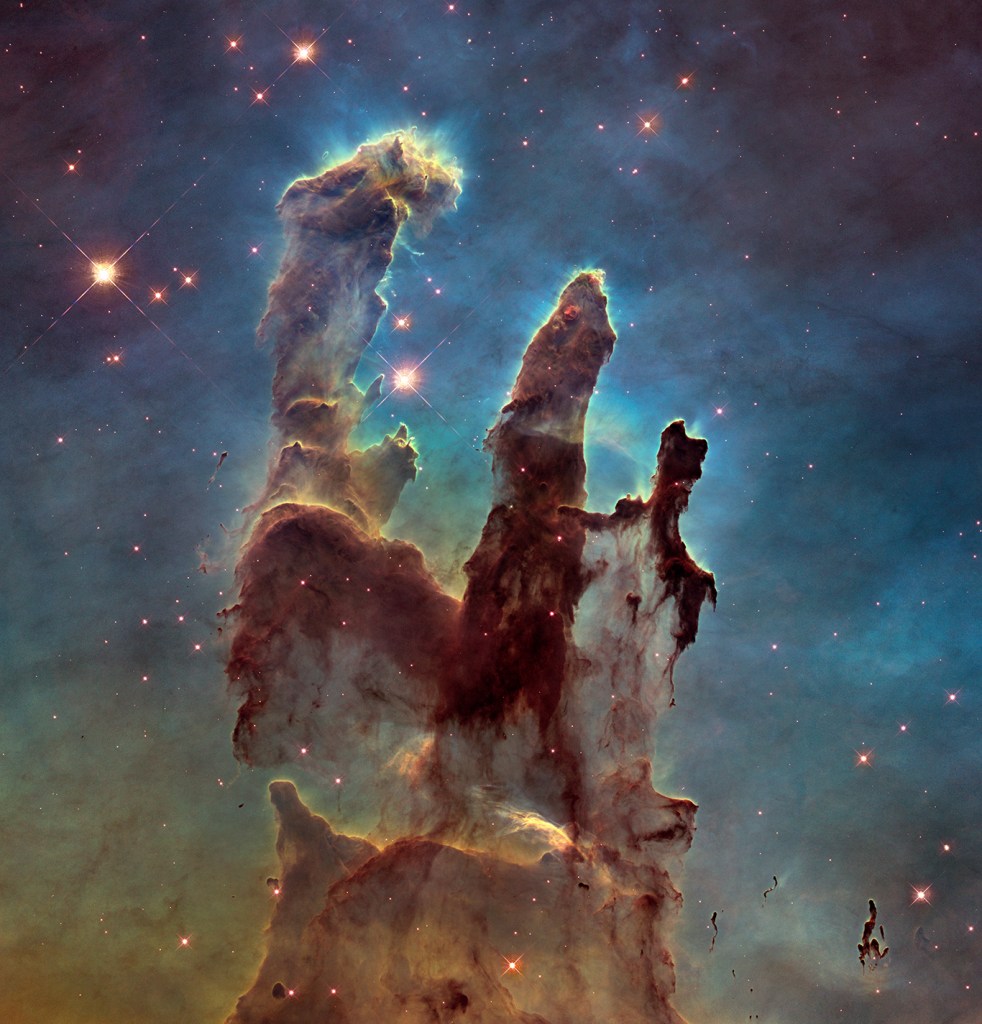By Robert G. Ferguson
Aeronautics, the first A of the NASA acronym, has always been a part of the National Aeronautics and Space Administration, but against the headline exploits of rocket launches, Moon landings, Space Shuttle missions, and Mars rovers, aeronautics is easily lost in the shadows of NASA’s marquee space programs. This relative obscurity belies what has been a remarkably creative, productive, and highly effective group of researchers who, at one time, even helped bring about the Space Age and invent a space agency. The list of accomplishments for NASA’s first A is long, and this book goes a modest way toward sketching these developments.
Aeronautics really might be called the “other NASA,” distinct in its charge, methodologies, and scale. Aeronautics research is not mission-oriented in the same way that going to the Moon or Mars is. It is interested in learning about physical phenomena, such as turbulence, and how to do something, such as quieting the noise of helicopter blades. Aeronautics’ mission is not about going somewhere specific or building one particular thing; it is about supporting the country’s commercial and military needs with respect to aviation. The contrast with the space program is telling: where NASA has gone to considerable lengths to justify the space program and explain how space innovations feed into the country’s more terrestrial needs, aeronautics research has had a direct and undeniable impact on commercial and military technology development.
NASA SP-4412
More History Publications
Explore more titles in NASA's History Series.



































